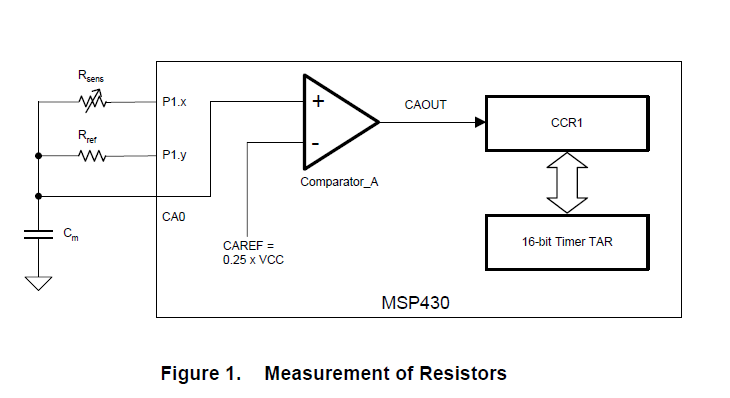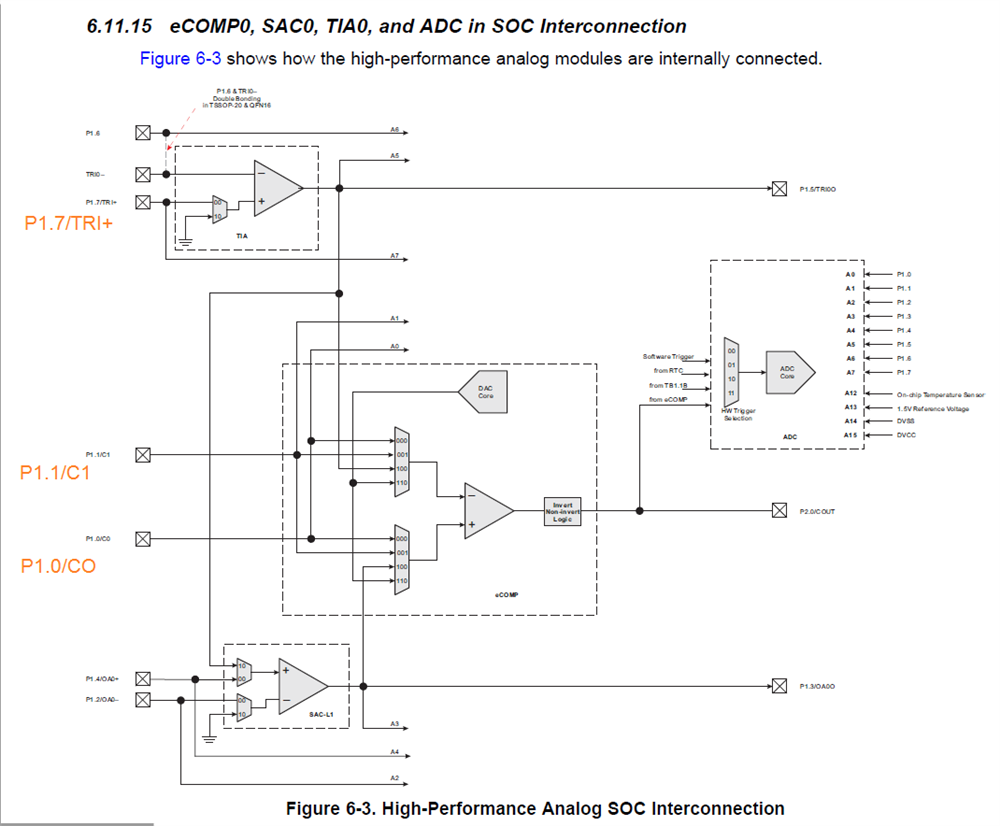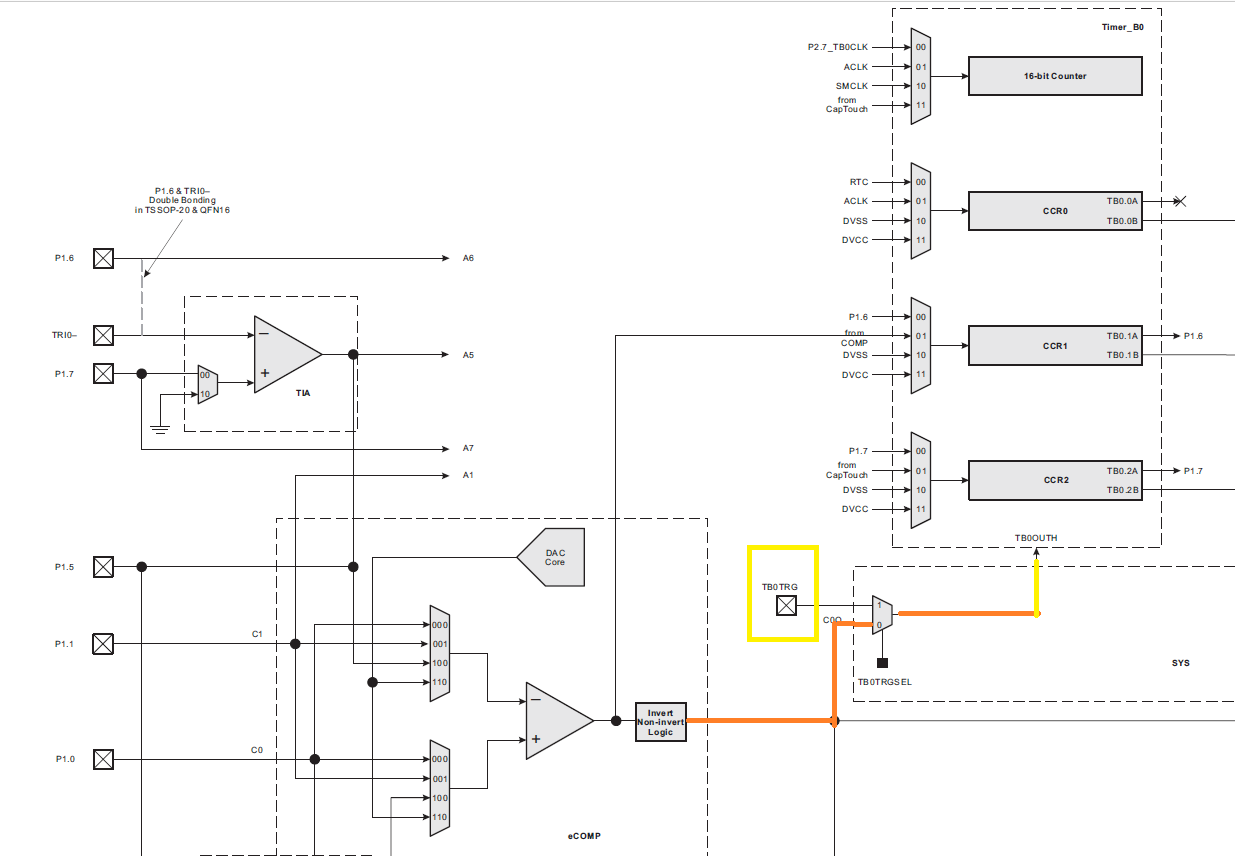hi all...
I am working with MSP430FR2311 , VCC is 3.3V.
i am using Timer B0.2 as PWM and use P1.7 for PWM output.
So far everything works fine and I can control PWM.
Something very strange that I never saw,..... When I use P1.1 high on the seam time while PWM working
the voltage of P1.7 PWM output falls from 3.3V to 1V.
It looks like someone is loading but I do not understand what...
I'm also a hardware man and I still can not understand what's going on here...
please help...
Aharon.








